
Carbon fiber stands out as one of the most advanced materials with a wide range of applications in diverse industries. Produced by heating carbon-based organic materials in inert gas environments, this remarkable fiber is derived from raw materials such as polyacrylonitrile, pitch, and even plant cellulose. With its characteristic black color and unique properties, carbon fiber is highly valued in both scientific research and industrial applications.
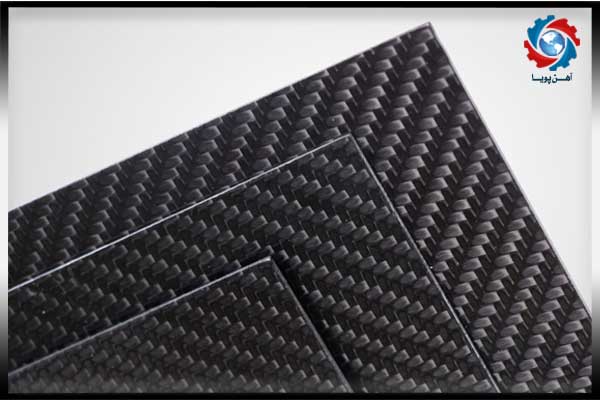
Carbon fiber possesses a series of exceptional physical and chemical properties that have made it a material of choice for premium applications:
1.Water Insolubility: Carbon fiber does not dissolve in water, ensuring remarkable stability in humid environments.
2.Odorless: Its lack of odor is a significant advantage for various applications where scent can be an issue.
3.High Chemical Resistance: It exhibits exceptional resistance against acids, bases, and various organic solvents, making it durable in harsh chemical environments.
4.High Thermal Resistance: The material retains its integrity and strength even at elevated temperatures.
5.Explosion Safety: Being non-explosive, carbon fiber minimizes the risk of cascade accidents in volatile environments.
6.Lightweight: Its extremely low weight makes it ideal for aerospace, automotive, and other industries where weight reduction is crucial.
7.Superior Strength and Rigidity: With outstanding tensile strength and a higher elasticity modulus compared to other fibers, it is engineered for high-performance applications.
8.X-Ray Impermeability: This feature is critical in medical and industrial applications where safety and non-interference with X-ray imaging are paramount.
9.Minimal Thermal Expansion: The very low rate of thermal expansion makes carbon fiber an excellent choice for precision components that require dimensional stability across temperature variations.
One of the significant advantages of carbon fiber is the versatility in its production sources. The primary raw materials include:
Natural Fibers and Cellulosic Materials: Utilizing natural sources helps reduce production costs while promoting sustainability.
Pitch: Known as a high-efficiency carbon source, pitch is widely used in the production of carbon fiber.
Polyacrylonitrile (PAN): The most common precursor material for carbon fiber, PAN is favored for its superior mechanical properties.
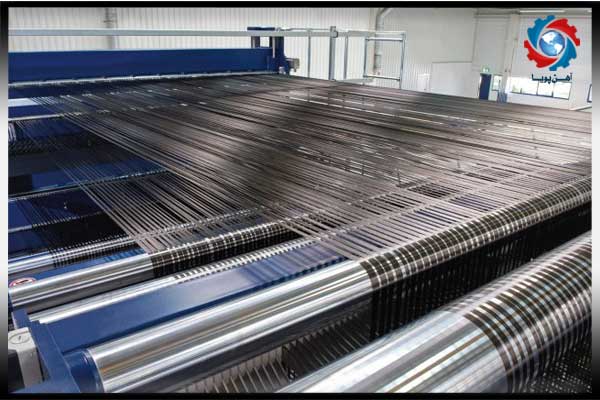
Carbon fiber has revolutionized numerous sectors by offering advanced technical properties. Key benefits include:
1.Electrical Conductivity: Its conductive properties allow carbon fiber to serve as an effective material for electronic circuits.
2.Corrosion Resistance: Its ability to withstand harsh chemical environments makes it a popular choice in industrial applications.
3.Enhanced Structural Load Capacity: When used for reinforcing structures, carbon fiber significantly improves bending and shear strength.
4.High Flexibility: Its flexibility enables the production of non-traditional and curved shapes, expanding design possibilities.
5.Robust Performance in Extreme Conditions: Carbon fiber’s resistance to deformation, even under severe conditions, contributes to its structural stability in specialized applications.
Despite its impressive advantages, there are notable challenges associated with carbon fiber:
1.High Production Cost: The manufacturing process of carbon fiber is more expensive compared to similar materials.
2.Brittleness: Due to its low strain-to-failure, carbon fiber is known for its brittleness, limiting its ductility.
3.Low Impact Resistance: It has a relatively limited capacity to absorb sudden impacts.
4.Electrical Conductivity Concerns: While its conductivity is a benefit in many applications, it can also pose risks, such as short circuits in non-insulated components.
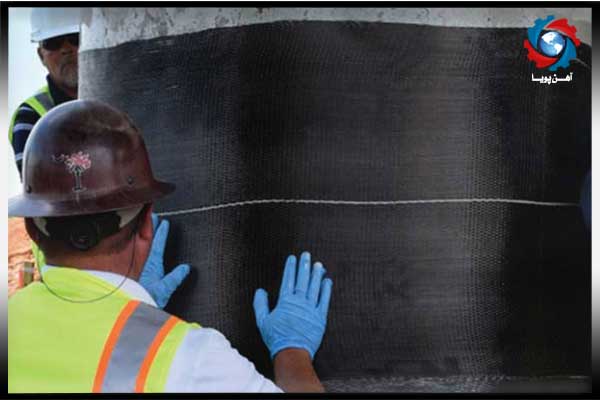
Carbon fiber’s superior qualities have led to its widespread adoption in various sectors. Here are some of the most prominent applications:
Carbon fiber is used to strengthen building structures, significantly enhancing their load-bearing capacity and concrete durability.
Structural Reinforcement: Carbon fiber is used to strengthen building structures, significantly enhancing their load-bearing capacity and concrete durability.
Lightweight Panels and Walls: It is employed in the construction of interior tunnel panels and walls that combine minimal weight with high strength.
Prestressed Structures: The material’s robust properties make it ideal for use in pre-stressed concrete structures, ensuring longevity and performance.
1.Fuel Tanks and Engine Components: Carbon fiber is integral in crafting precise engine parts and fuel tanks, contributing to improved efficiency and safety.
2.Vehicle Bodies and Suspension Systems: By reducing overall weight and enhancing structural rigidity, carbon fiber components lead to superior performance and improved safety standards.
1.Artificial Bone Production: Leveraging its mechanical and biological benefits, carbon fiber is used in the fabrication of modern artificial bones.
2.Medical Equipment and Prosthetics: It is utilized in manufacturing various components of medical devices and prosthetic elements, including lightweight and durable wheelchair frames.
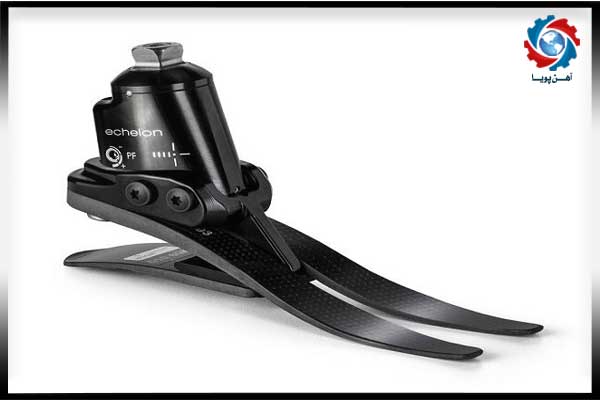
Sports Equipment Manufacturing: From tennis rackets to bows and other sporting goods, the lightweight yet strong nature of carbon fiber makes it an ideal material for high-performance sports equipment.
Carbon fiber, with its distinctive attributes such as high chemical and thermal resistance, lightweight construction, flexibility, and exceptional strength, has emerged as a groundbreaking material in the fields of construction, automotive, medical, and sports industries. Although the higher production cost and certain technical challenges like limited impact resistance may be seen as drawbacks, the substantial benefits and extensive applications ensure that carbon fiber remains at the forefront of advanced technological innovation
This comprehensive review offers valuable insights into the features, production methods, benefits, drawbacks, and industrial applications of carbon fiber, empowering you to make informed decisions when integrating this cutting-edge technology into your projects
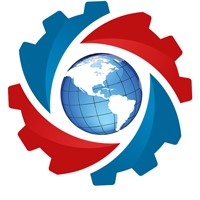
Ahan Pouya with more than a decade of best-selling experience, adheres to professional and ethical principles in the field of selling and buying at inside and outside the borders of Iran, helping you in the steel industry.